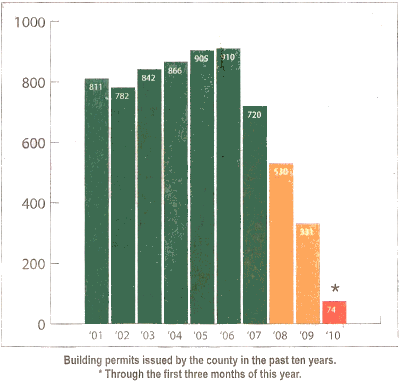Here’s the part we mortals don’t get. One would think that the person buying protecting [Paulson] would be hedging an investment he was making – buying Insurance for his holdings. But that’s not the case here [in a "Synthetic" CDO]. Paulson owns nothing. He just wants to bet. So he’s offering to pay for insurance on something he doesn’t own in the hopes that these CDO’s will default [It’s like insuring your neighbor’s car hoping to make money if he has a wreck]. Again, all of this is fine. It’s what Hedge Managers do.
In late 2006 IKB informed a GS&Co sales representative and Tourre that it was no longer comfortable investing in the liabilities of CDOs that did not utilize a collateral manager, meaning an independent third-party with knowledge of the U.S. housing market and expertise in analyzing RMBS. Tourre and GS&Co knew that ACA was a collateral manager likely to be acceptable to IKB.
Once the package was agreed on, it was marketed with a brochure that had Goldman Sachs name as the MarketMaker and ACA as an independent entity that had put together the package. This brochure never mentioned Paulson and had half of its pages devoted to the CV of ACA. Tourre took it to market as a structured synthetic CDO. Internally, the CDO’s have tranches [slices] that specify who gets paid in the case of partial failure. That last sentence is just a hint at the meaning of the rating of CDOs and how people purchase different levels of risk. It’s way beyond my interest, maybe my intelligence. Fortunately for this story, it doesn’t matter because everything went under in this deal.
Abacus 2007-AC1 was covered by two investors. The first was IKB, the Dutch Bank [$150 Million]. Interestingly, a much bigger piece [$840 Million] was purchased by ACA Capital, the parent company of ACA who [at least on the prospectus] picked the contents of Abacus 2007-AC1. Why is this so interesting? Because ACA and the SEC allege that Fabrice Tourre of GS&CO lead them to believe that John Paulson [who really constructed the CDO] was going "long" [betting that the CDO would pay off]. Tourre denies this. But if ACA didn’t believe that Paulson was on the long side of the bet, why would their parent company have covered nearly a billion dollars worth of the liability? That would have been absurd. ACA knew Paulson picked the CDOs in Abacus 2007-AC1. Had they also known that Paulson was shorting the synthetic CDO he, himself, designed, they wouldn’t have covered any of it. In fact, they might have bet against it too. Likewise, ACA Capital insured portions of their coverage with the European Bank, ABN.
What really happened was that although the brochure says Goldman Sachs was the Protection Purchaser, GS&CO sold a CDS [Credit Defaut Swap] to Paulson for the whole amount – insuring his entire side of the bet [knowing they would lose, but safe because the other side was covered by Abacus 2007-AC1]. So when Abacus 2007-AC1 failed within a few months, IKD, ACA Capital, and ABN had to collectively pay Paulson nearly a billion dollars – no trivial amount of money. GS&CO made $15 Million on the deal. I don’t know how much of a bonus Tourre got from that deal, but it was a lot, you can be assured of that.
This morning was one when I volunteer at a local Free Clinic in our rural Georgia County. I spent the morning seeing patients who are depressed, out of work, had lost their homes and are living with relatives. The last one was a proud lady who came in as an emergency because she’d blown up at her teenaged daughter and had her by the throat. She was agitated, out of control, alternating between tears and rage. A few weeks ago she had "run off" her husband, who was in North Carolina on a grading job he found to pay their rent. It took a while to calm her down, get her husband headed home. When we talked later on the phone, she said it all started when their electricity got turned off. Even after it was back on, she couldn’t stop worrying and things escalated from there. When I got home, I picked up the weekly paper, and saw this graph:

Sorry, the comment form is closed at this time.